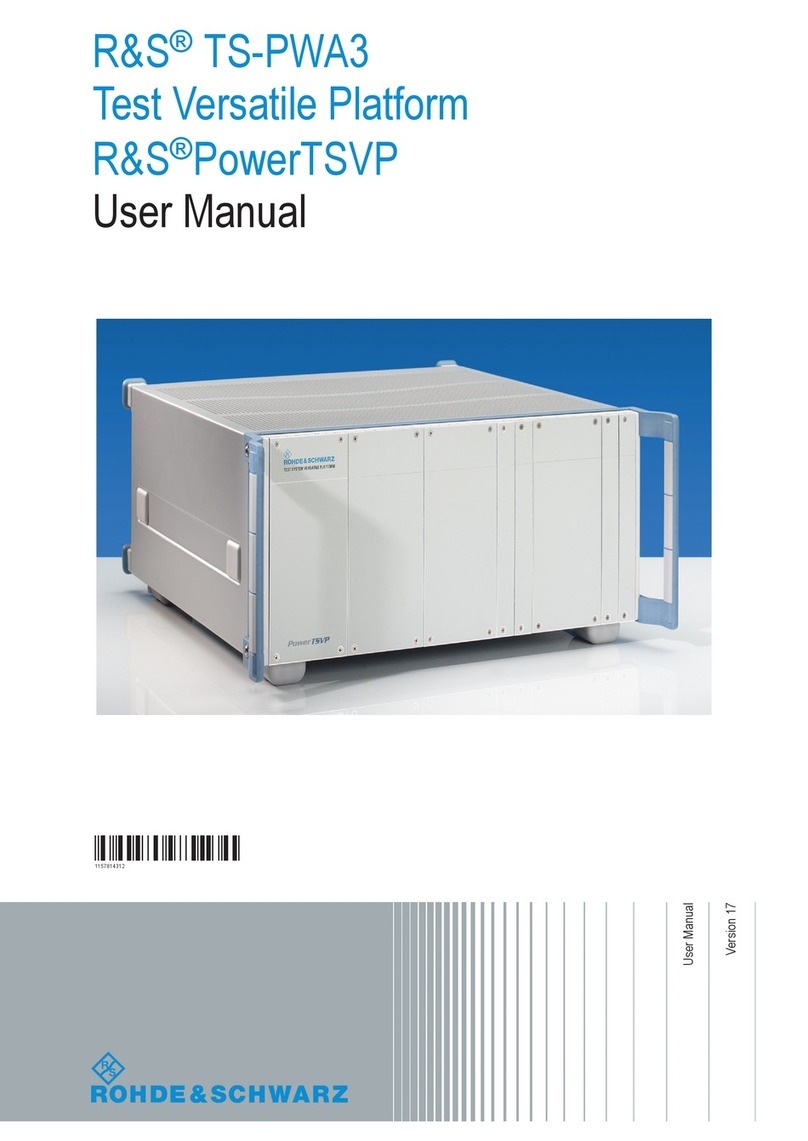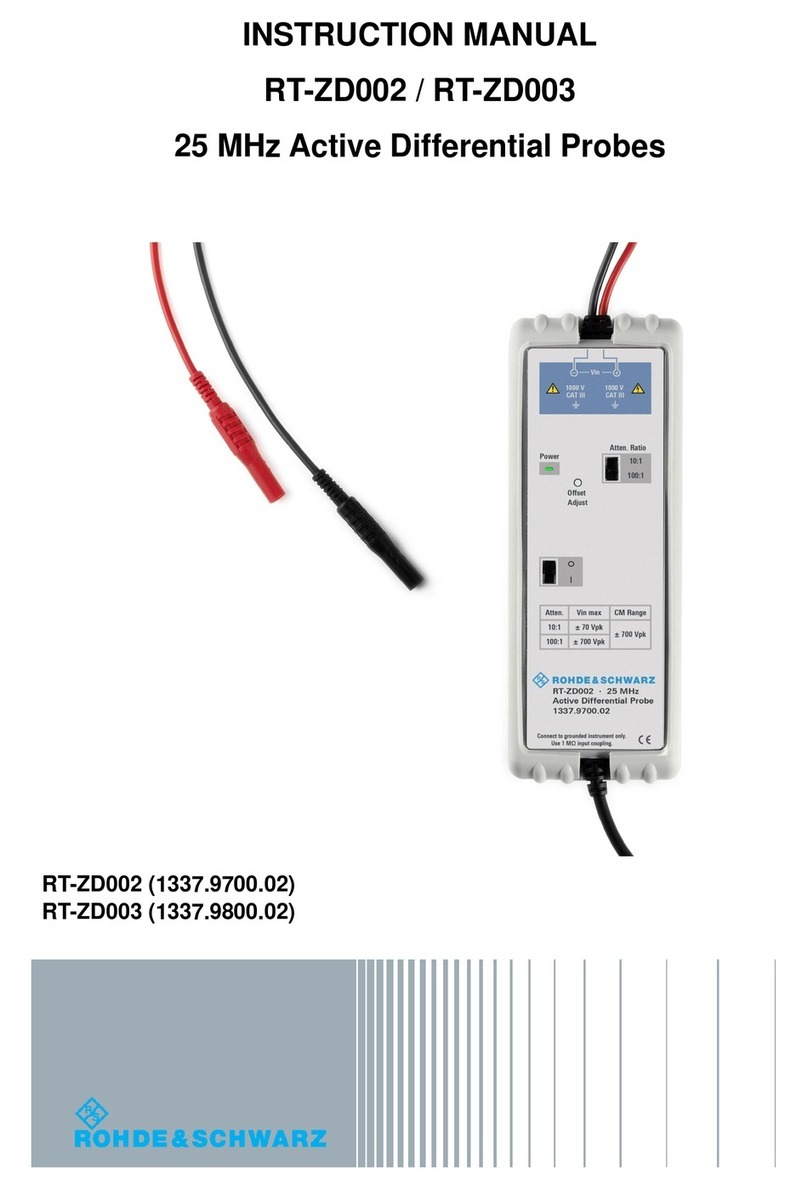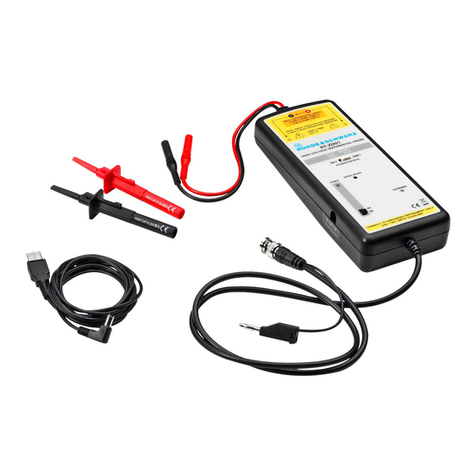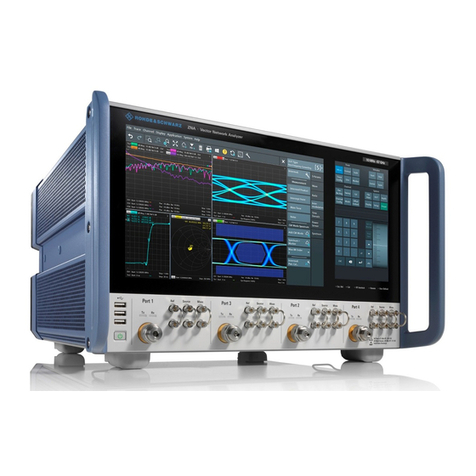Rohde & Schwarz HM8118 User manual
Other Rohde & Schwarz Measuring Instrument manuals
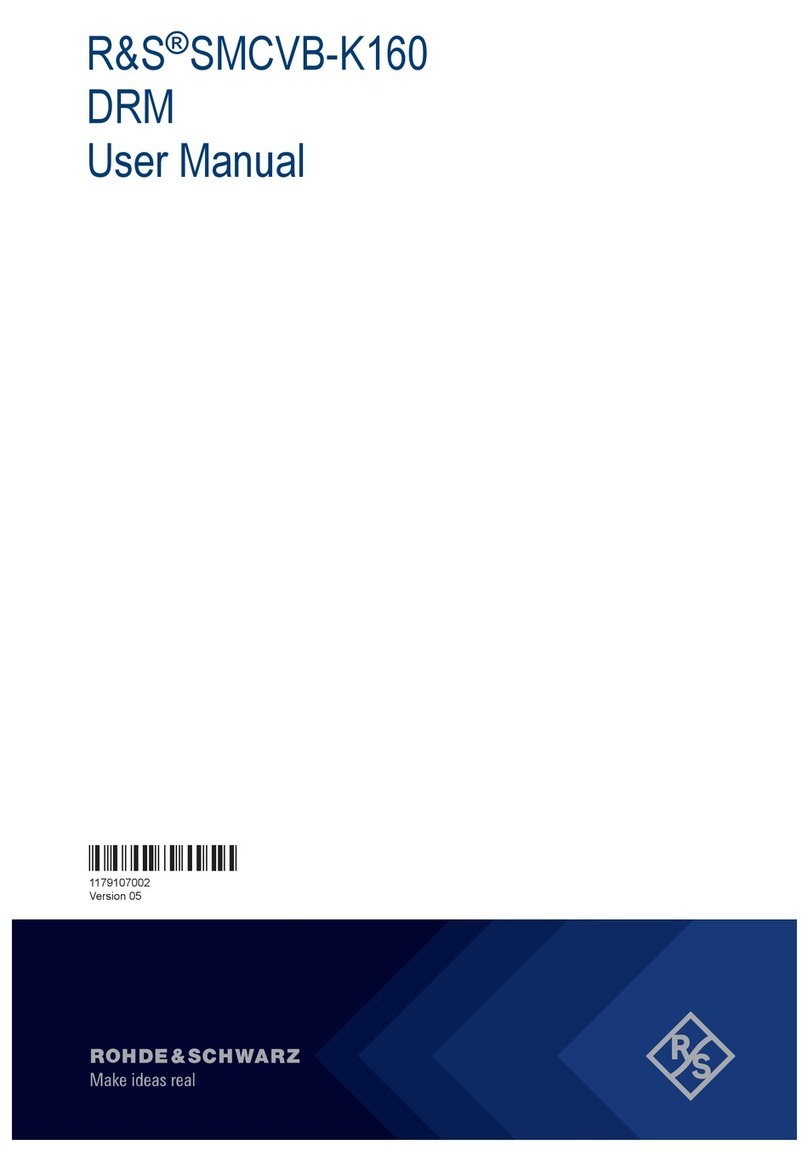
Rohde & Schwarz
Rohde & Schwarz R&S SMCVB-K160 User manual
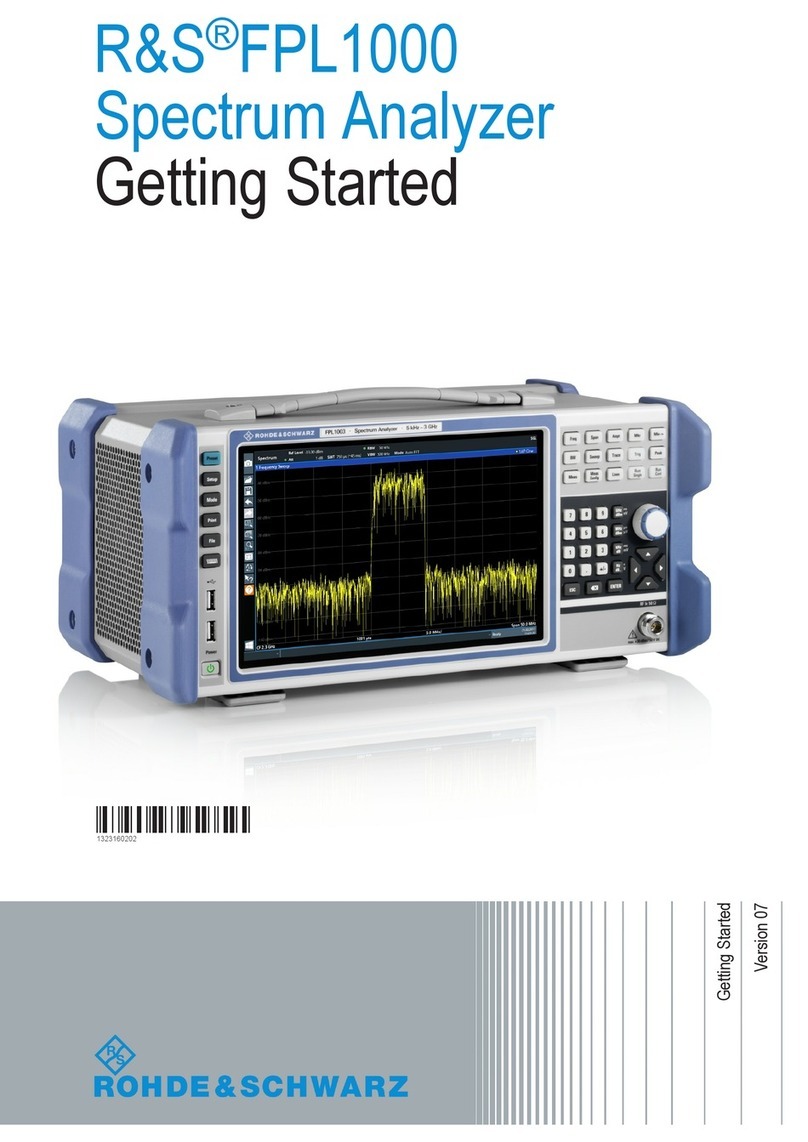
Rohde & Schwarz
Rohde & Schwarz FPL1000 Series User manual
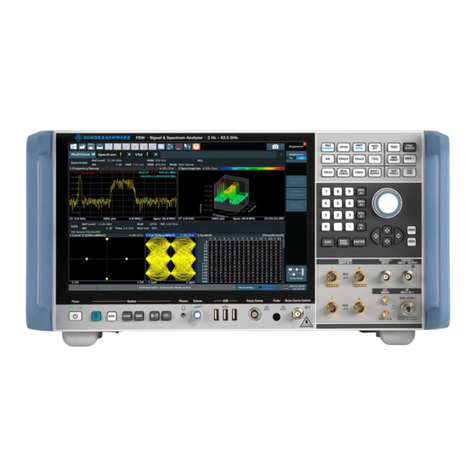
Rohde & Schwarz
Rohde & Schwarz FSW Series User manual
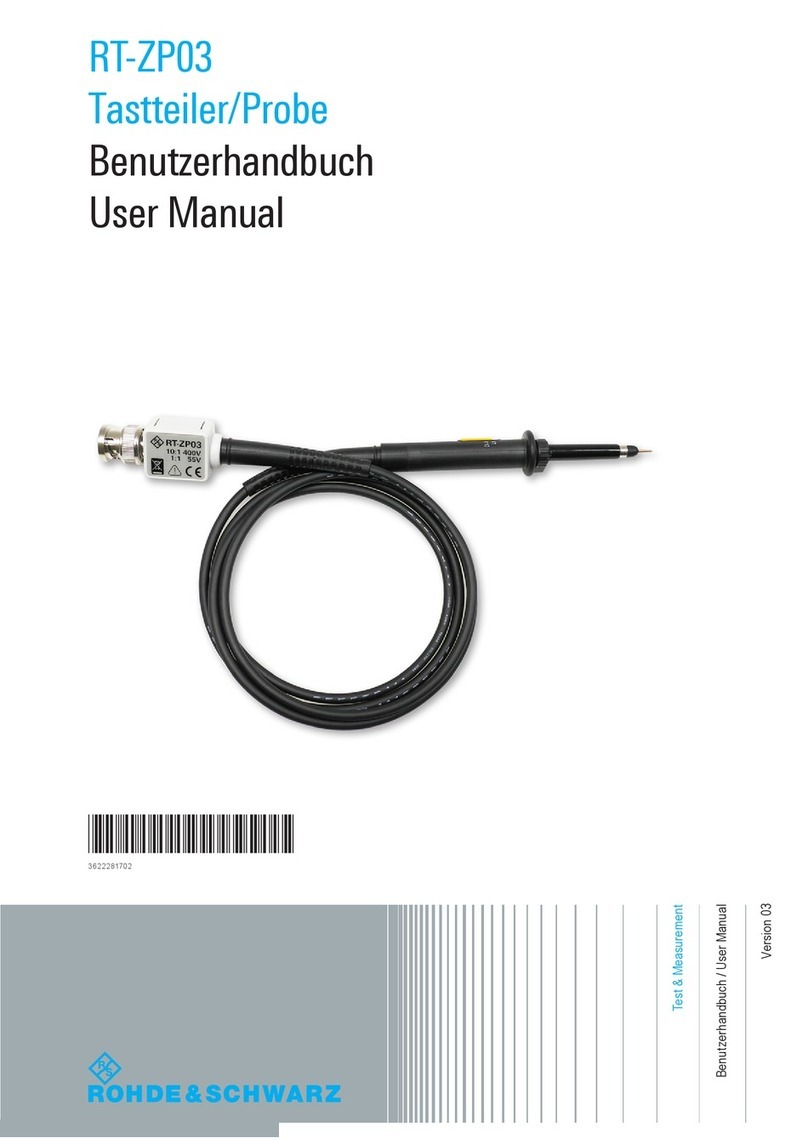
Rohde & Schwarz
Rohde & Schwarz RT-ZP03 User manual
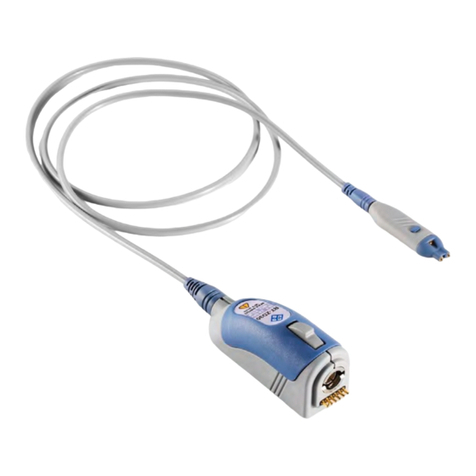
Rohde & Schwarz
Rohde & Schwarz R&S RT-ZD10 User manual
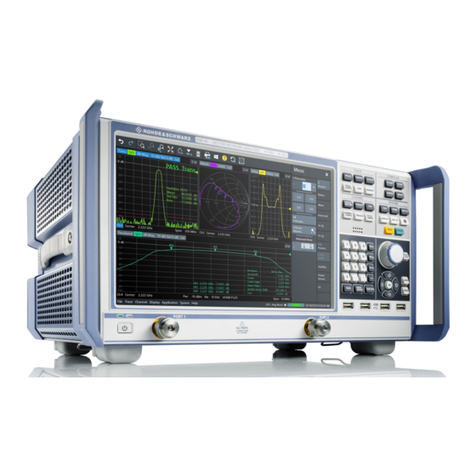
Rohde & Schwarz
Rohde & Schwarz ZNB User manual
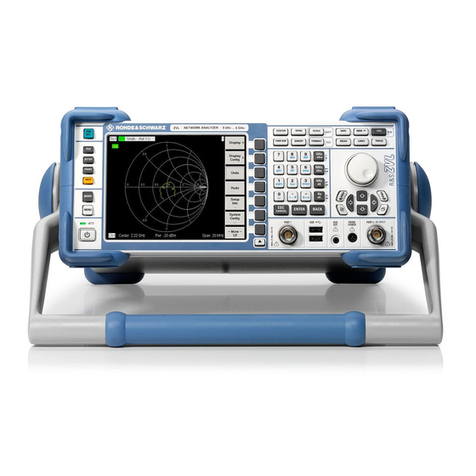
Rohde & Schwarz
Rohde & Schwarz ZVL series User manual

Rohde & Schwarz
Rohde & Schwarz NRT2 User manual
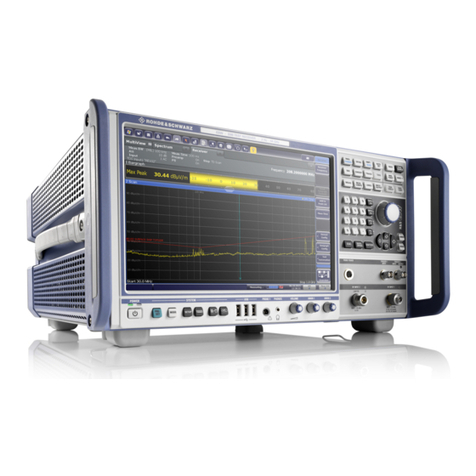
Rohde & Schwarz
Rohde & Schwarz ESW Series User manual

Rohde & Schwarz
Rohde & Schwarz FSW-K40 User manual

Rohde & Schwarz
Rohde & Schwarz ABFS User manual
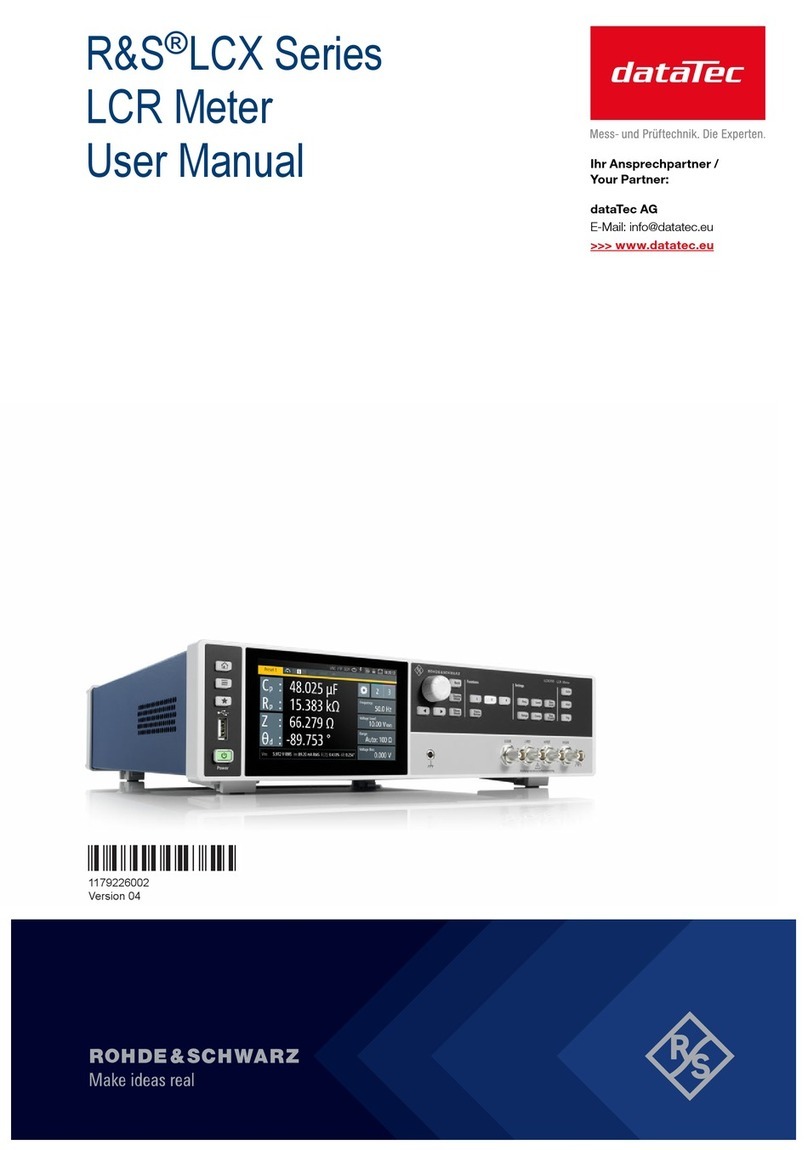
Rohde & Schwarz
Rohde & Schwarz R&S LCX200COM User manual

Rohde & Schwarz
Rohde & Schwarz CMW-KM75 Series User manual
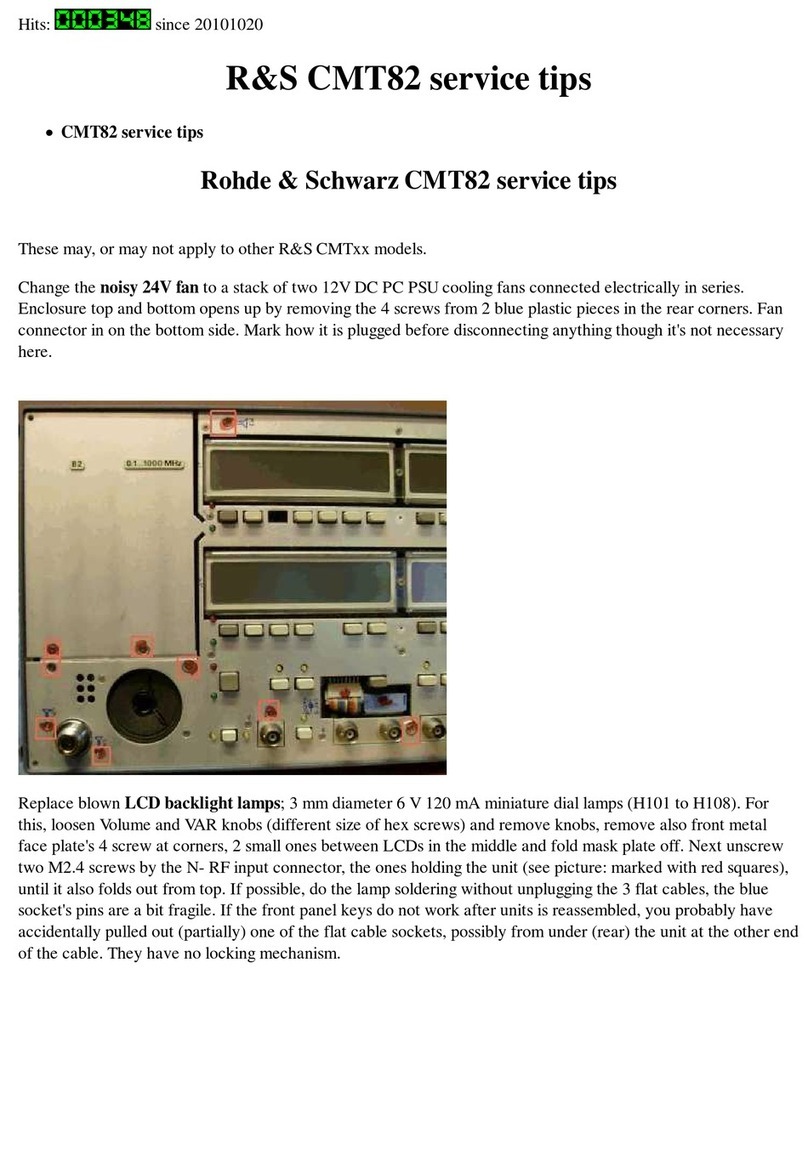
Rohde & Schwarz
Rohde & Schwarz CMT82 Assembly instructions
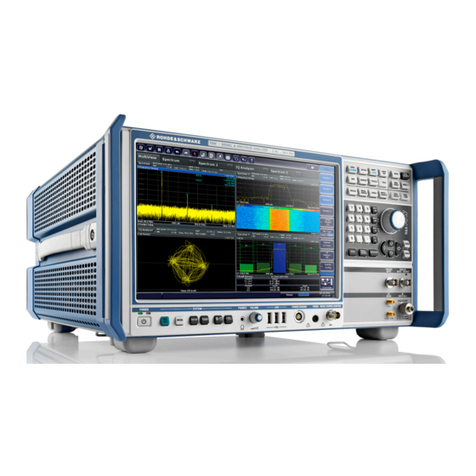
Rohde & Schwarz
Rohde & Schwarz FSW43 User manual
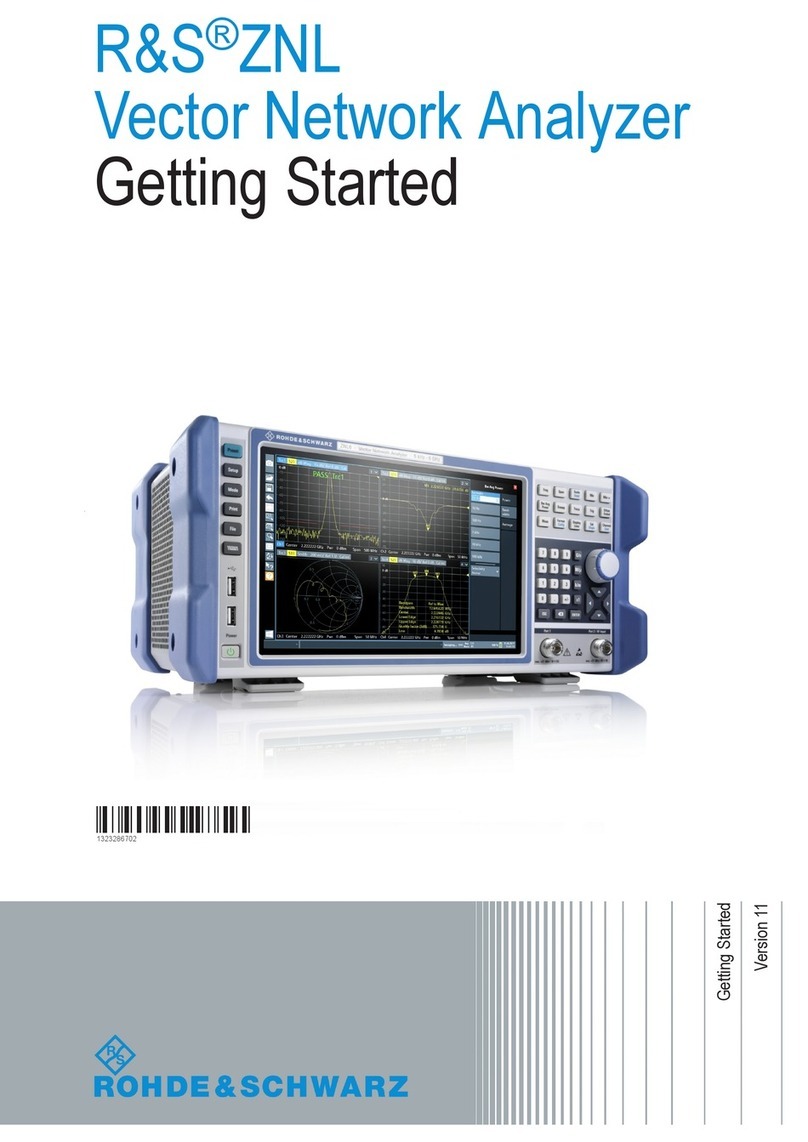
Rohde & Schwarz
Rohde & Schwarz R&S ZNL Series User manual
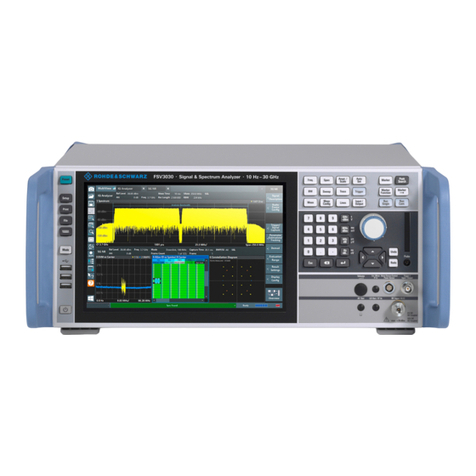
Rohde & Schwarz
Rohde & Schwarz FSVA3000 User manual
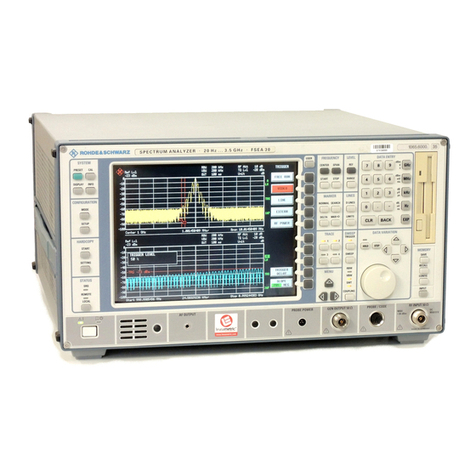
Rohde & Schwarz
Rohde & Schwarz FSEA20 User manual
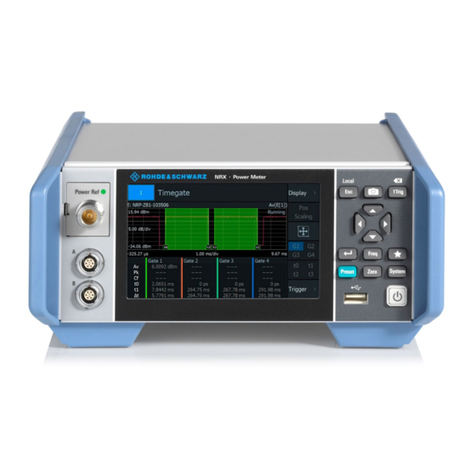
Rohde & Schwarz
Rohde & Schwarz NRX User manual
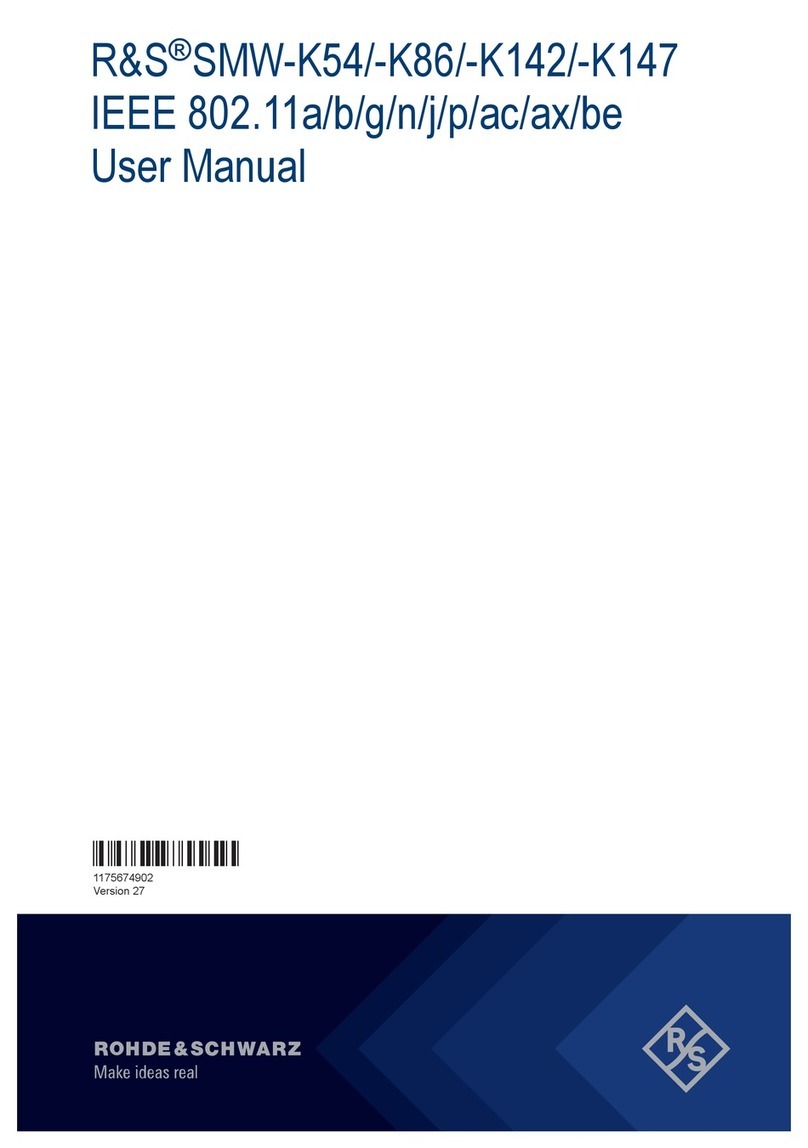
Rohde & Schwarz
Rohde & Schwarz R&S SMW-K54 User manual
Popular Measuring Instrument manuals by other brands

Powerfix Profi
Powerfix Profi 278296 Operation and safety notes

Test Equipment Depot
Test Equipment Depot GVT-427B user manual

Fieldpiece
Fieldpiece ACH Operator's manual

FLYSURFER
FLYSURFER VIRON3 user manual

GMW
GMW TG uni 1 operating manual

Downeaster
Downeaster Wind & Weather Medallion Series instruction manual

Hanna Instruments
Hanna Instruments HI96725C instruction manual

Nokeval
Nokeval KMR260 quick guide

HOKUYO AUTOMATIC
HOKUYO AUTOMATIC UBG-05LN instruction manual

Fluke
Fluke 96000 Series Operator's manual

Test Products International
Test Products International SP565 user manual

General Sleep
General Sleep Zmachine Insight+ DT-200 Service manual
